-
 Bitcoin
Bitcoin $117900
0.31% -
 Ethereum
Ethereum $3766
0.28% -
 XRP
XRP $3.176
-0.31% -
 Tether USDt
Tether USDt $1.000
0.00% -
 BNB
BNB $795.6
1.51% -
 Solana
Solana $186.8
-1.09% -
 USDC
USDC $0.9999
-0.01% -
 Dogecoin
Dogecoin $0.2353
-1.33% -
 TRON
TRON $0.3226
1.49% -
 Cardano
Cardano $0.8172
-1.08% -
 Sui
Sui $4.178
3.06% -
 Hyperliquid
Hyperliquid $43.05
-3.39% -
 Stellar
Stellar $0.4367
-0.57% -
 Chainlink
Chainlink $18.62
1.47% -
 Hedera
Hedera $0.2828
6.63% -
 Bitcoin Cash
Bitcoin Cash $584.7
5.65% -
 Avalanche
Avalanche $24.81
2.53% -
 Litecoin
Litecoin $112.8
-0.88% -
 UNUS SED LEO
UNUS SED LEO $8.975
-0.08% -
 Shiba Inu
Shiba Inu $0.00001395
-1.07% -
 Toncoin
Toncoin $3.285
-1.05% -
 Ethena USDe
Ethena USDe $1.001
0.01% -
 Polkadot
Polkadot $4.123
0.76% -
 Uniswap
Uniswap $10.49
-0.18% -
 Monero
Monero $326.5
0.14% -
 Dai
Dai $0.9999
-0.02% -
 Bitget Token
Bitget Token $4.576
0.34% -
 Pepe
Pepe $0.00001247
-1.55% -
 Cronos
Cronos $0.1400
3.77% -
 Aave
Aave $295.1
-0.73%
BTC contract stable profit strategy: moving average deviation rate application
BTC contract trading uses moving average deviation rates to predict trends and manage volatility, helping traders enter and exit positions effectively.
Jun 07, 2025 at 07:56 am
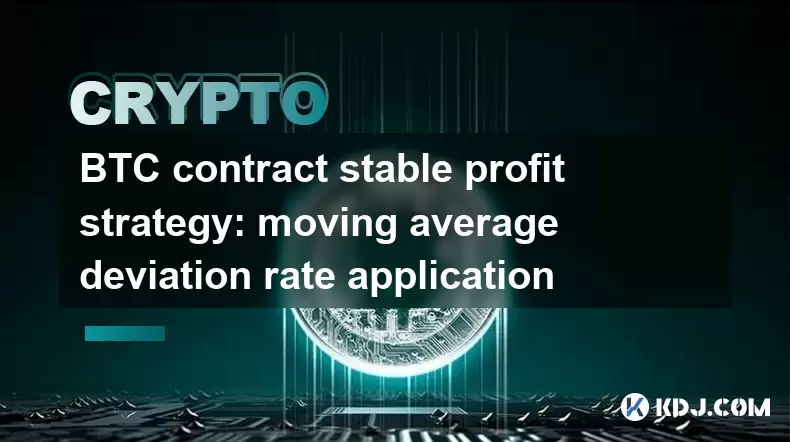
Introduction to BTC Contract Trading
BTC contract trading refers to the trading of Bitcoin futures or options contracts, which allows investors to speculate on the future price movements of Bitcoin without owning the underlying asset. These contracts are popular among traders seeking to leverage their positions and potentially amplify their profits. However, the high volatility of Bitcoin can make it challenging to maintain stable profits. One effective strategy to address this challenge is the moving average deviation rate application.
Understanding Moving Averages in BTC Trading
A moving average (MA) is a widely used indicator in technical analysis that helps smooth out price data to identify trends over a specified period. In the context of BTC contract trading, moving averages can be instrumental in determining entry and exit points for trades. The most common types of moving averages are the Simple Moving Average (SMA) and the Exponential Moving Average (EMA). The SMA calculates the average price over a specific number of periods, while the EMA places more weight on recent prices, making it more responsive to new information.
The Concept of Deviation Rate
The deviation rate in the context of moving averages is a measure of how far the current price is from the moving average. It is typically expressed as a percentage and can be calculated using the formula:
[ \text{Deviation Rate} = \left( \frac{\text{Current Price} - \text{Moving Average}}{\text{Moving Average}} \right) \times 100 ]
By tracking the deviation rate, traders can gauge the strength of the current trend and potential reversal points. A high deviation rate may indicate that the price is overextended and due for a correction, while a low deviation rate suggests that the price is closely tracking the moving average, indicating a stable trend.
Applying the Moving Average Deviation Rate Strategy
To apply the moving average deviation rate strategy in BTC contract trading, follow these steps:
- Choose the Right Moving Average: Select an appropriate moving average period based on your trading style. Short-term traders might use a 10-day or 20-day moving average, while long-term traders may prefer a 50-day or 200-day moving average.
- Calculate the Deviation Rate: Use the formula mentioned above to calculate the deviation rate regularly. This can be done manually or using trading software that provides real-time data and calculations.
- Set Thresholds for Action: Establish specific thresholds for entering and exiting trades based on the deviation rate. For example, you might decide to enter a long position when the deviation rate drops below -2% and exit when it rises above 2%.
- Monitor and Adjust: Continuously monitor the deviation rate and adjust your thresholds as needed based on market conditions and the performance of your strategy.
Case Study: Implementing the Strategy
To illustrate the practical application of the moving average deviation rate strategy, consider the following hypothetical scenario:
- Scenario: You are a short-term BTC contract trader using a 20-day SMA. You have set your entry threshold at a deviation rate of -2% and your exit threshold at 2%.
- Observation: You notice that the current price of BTC is $30,000, and the 20-day SMA is $30,600. The deviation rate is calculated as:
[ \text{Deviation Rate} = \left( \frac{30,000 - 30,600}{30,600} \right) \times 100 = -1.96\% ]
- Action: Since the deviation rate is just above your entry threshold, you decide to enter a long position on BTC contracts.
- Monitoring: Over the next few days, the price of BTC rises to $31,200, and the 20-day SMA moves to $30,800. The new deviation rate is:
[ \text{Deviation Rate} = \left( \frac{31,200 - 30,800}{30,800} \right) \times 100 = 1.30\% ]
- Exit: As the deviation rate approaches your exit threshold, you decide to close your long position to lock in profits.
Risk Management in BTC Contract Trading
While the moving average deviation rate strategy can help achieve stable profits, it is crucial to implement effective risk management techniques. Here are some key considerations:
- Position Sizing: Determine the appropriate size of your positions based on your risk tolerance and account balance. A common rule of thumb is to risk no more than 1-2% of your trading capital on any single trade.
- Stop-Loss Orders: Use stop-loss orders to limit potential losses. Set your stop-loss levels based on your deviation rate thresholds and the volatility of the market.
- Diversification: Avoid putting all your capital into a single trade or asset. Diversify your portfolio across different cryptocurrencies and trading strategies to spread risk.
- Continuous Learning: Stay informed about market trends, news, and new trading strategies. The cryptocurrency market is highly dynamic, and continuous learning is essential for long-term success.
Backtesting and Optimization
Before implementing the moving average deviation rate strategy in live trading, it is advisable to conduct backtesting to evaluate its performance using historical data. Backtesting allows you to refine your thresholds and parameters to optimize the strategy's effectiveness. Use trading software or platforms that offer backtesting capabilities to simulate how the strategy would have performed in the past.
- Select Historical Data: Choose a sufficient period of historical data that reflects various market conditions, including bull markets, bear markets, and periods of high volatility.
- Apply the Strategy: Run the strategy on the historical data, adjusting the moving average period and deviation rate thresholds as needed.
- Analyze Results: Evaluate the strategy's performance metrics, such as the win rate, average profit per trade, and maximum drawdown. Adjust your strategy based on these results to improve its performance.
- Optimization: Continuously refine your strategy by testing different combinations of moving average periods and deviation rate thresholds to find the most effective configuration.
Frequently Asked Questions
Q1: Can the moving average deviation rate strategy be used with other cryptocurrencies besides BTC?
Yes, the moving average deviation rate strategy can be applied to other cryptocurrencies. However, it is essential to adjust the moving average periods and deviation rate thresholds based on the specific volatility and price behavior of each cryptocurrency.
Q2: How often should I recalculate the deviation rate in BTC contract trading?
The frequency of recalculating the deviation rate depends on your trading style. Short-term traders might recalculate it daily or even intraday, while long-term traders might do it weekly or monthly. It is crucial to find a balance that allows you to stay informed without being overwhelmed by data.
Q3: What are the potential drawbacks of using the moving average deviation rate strategy?
One potential drawback is that the strategy might generate false signals during periods of high volatility or market manipulation. Additionally, relying solely on technical indicators without considering fundamental analysis and market sentiment can limit the strategy's effectiveness.
Q4: Is it possible to automate the moving average deviation rate strategy?
Yes, it is possible to automate the strategy using trading bots or algorithmic trading platforms. Automation can help execute trades more efficiently and reduce the emotional impact of trading decisions. However, it is essential to monitor the automated system regularly and make adjustments as needed to account for changing market conditions.
Disclaimer:info@kdj.com
The information provided is not trading advice. kdj.com does not assume any responsibility for any investments made based on the information provided in this article. Cryptocurrencies are highly volatile and it is highly recommended that you invest with caution after thorough research!
If you believe that the content used on this website infringes your copyright, please contact us immediately (info@kdj.com) and we will delete it promptly.
- Bitcoin, Ruvi AI, and CoinMarketCap: Navigating the Future of Crypto
- 2025-07-28 02:30:12
- Dogwifhat (WIF) Eyes Bullish Breakout: Can It Breach $1.20?
- 2025-07-28 02:50:12
- Bitcoin Bounces: How the US-China Tariff Truce Impacts Crypto
- 2025-07-28 02:50:12
- Bitcoin Bull Market: Price Targets and Expert Takes
- 2025-07-28 02:30:12
- Cardano Price Rockets: ADA Jumps Past Resistance, $2 Target in Sight?
- 2025-07-28 01:30:14
- Ruvi AI: The Next Solana? Riding the AI Token Wave on CoinMarketCap
- 2025-07-28 00:50:16
Related knowledge
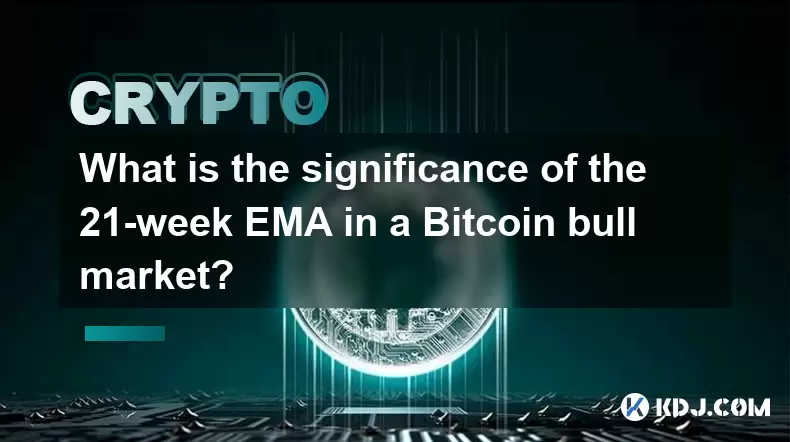
What is the significance of the 21-week EMA in a Bitcoin bull market?
Jul 10,2025 at 06:56pm
Understanding the 21-Week EMA in Cryptocurrency AnalysisThe 21-week Exponential Moving Average (EMA) is a technical indicator widely used by traders a...
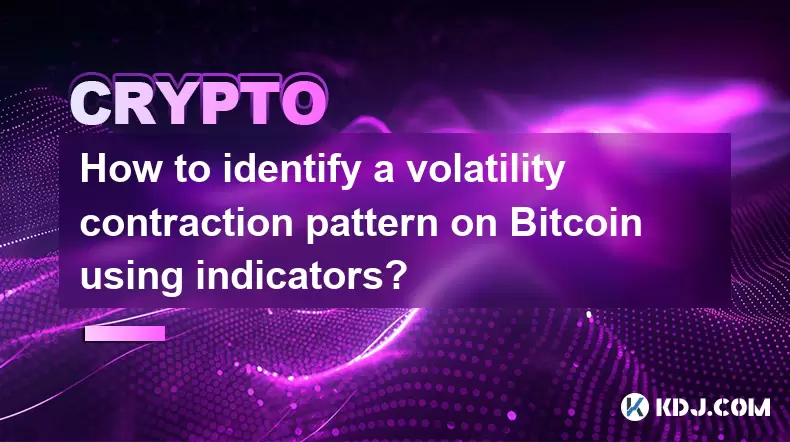
How to identify a volatility contraction pattern on Bitcoin using indicators?
Jul 07,2025 at 07:28am
What is a Volatility Contraction Pattern in Bitcoin Trading?A volatility contraction pattern refers to a phase where the price movement of an asset, s...
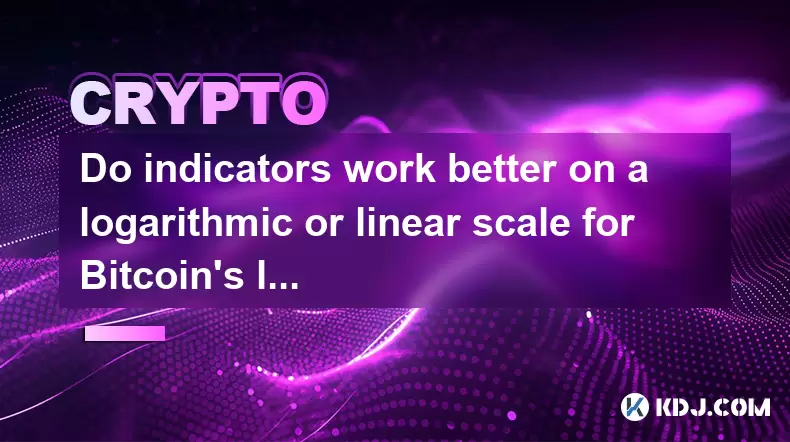
Do indicators work better on a logarithmic or linear scale for Bitcoin's long-term chart?
Jul 08,2025 at 01:42pm
Understanding Chart Scales in Cryptocurrency TradingIn cryptocurrency trading, particularly for analyzing Bitcoin's long-term trends, chart scales pla...

What is the Woodies CCI indicator and can it be used for Bitcoin?
Jul 04,2025 at 05:14pm
Understanding the Woodies CCI IndicatorThe Woodies CCI indicator is a variation of the traditional Commodity Channel Index (CCI), which was originally...
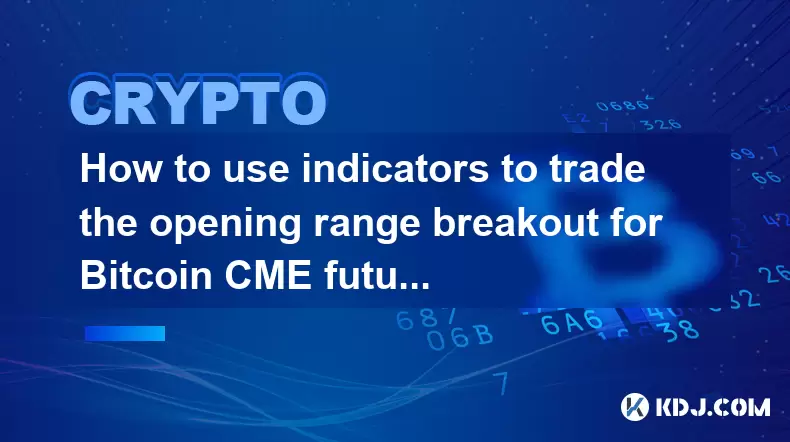
How to use indicators to trade the opening range breakout for Bitcoin CME futures?
Jul 05,2025 at 07:35pm
What Is the Opening Range Breakout Strategy?The opening range breakout (ORB) strategy is a popular trading technique used in both traditional markets ...

How to use the Relative Vigor Index (RVI) for Bitcoin trading?
Jul 07,2025 at 02:00pm
Understanding the Relative Vigor Index (RVI)The Relative Vigor Index (RVI) is a technical analysis tool used to assess the strength of price movements...

What is the significance of the 21-week EMA in a Bitcoin bull market?
Jul 10,2025 at 06:56pm
Understanding the 21-Week EMA in Cryptocurrency AnalysisThe 21-week Exponential Moving Average (EMA) is a technical indicator widely used by traders a...

How to identify a volatility contraction pattern on Bitcoin using indicators?
Jul 07,2025 at 07:28am
What is a Volatility Contraction Pattern in Bitcoin Trading?A volatility contraction pattern refers to a phase where the price movement of an asset, s...

Do indicators work better on a logarithmic or linear scale for Bitcoin's long-term chart?
Jul 08,2025 at 01:42pm
Understanding Chart Scales in Cryptocurrency TradingIn cryptocurrency trading, particularly for analyzing Bitcoin's long-term trends, chart scales pla...

What is the Woodies CCI indicator and can it be used for Bitcoin?
Jul 04,2025 at 05:14pm
Understanding the Woodies CCI IndicatorThe Woodies CCI indicator is a variation of the traditional Commodity Channel Index (CCI), which was originally...

How to use indicators to trade the opening range breakout for Bitcoin CME futures?
Jul 05,2025 at 07:35pm
What Is the Opening Range Breakout Strategy?The opening range breakout (ORB) strategy is a popular trading technique used in both traditional markets ...

How to use the Relative Vigor Index (RVI) for Bitcoin trading?
Jul 07,2025 at 02:00pm
Understanding the Relative Vigor Index (RVI)The Relative Vigor Index (RVI) is a technical analysis tool used to assess the strength of price movements...
See all articles

























































































